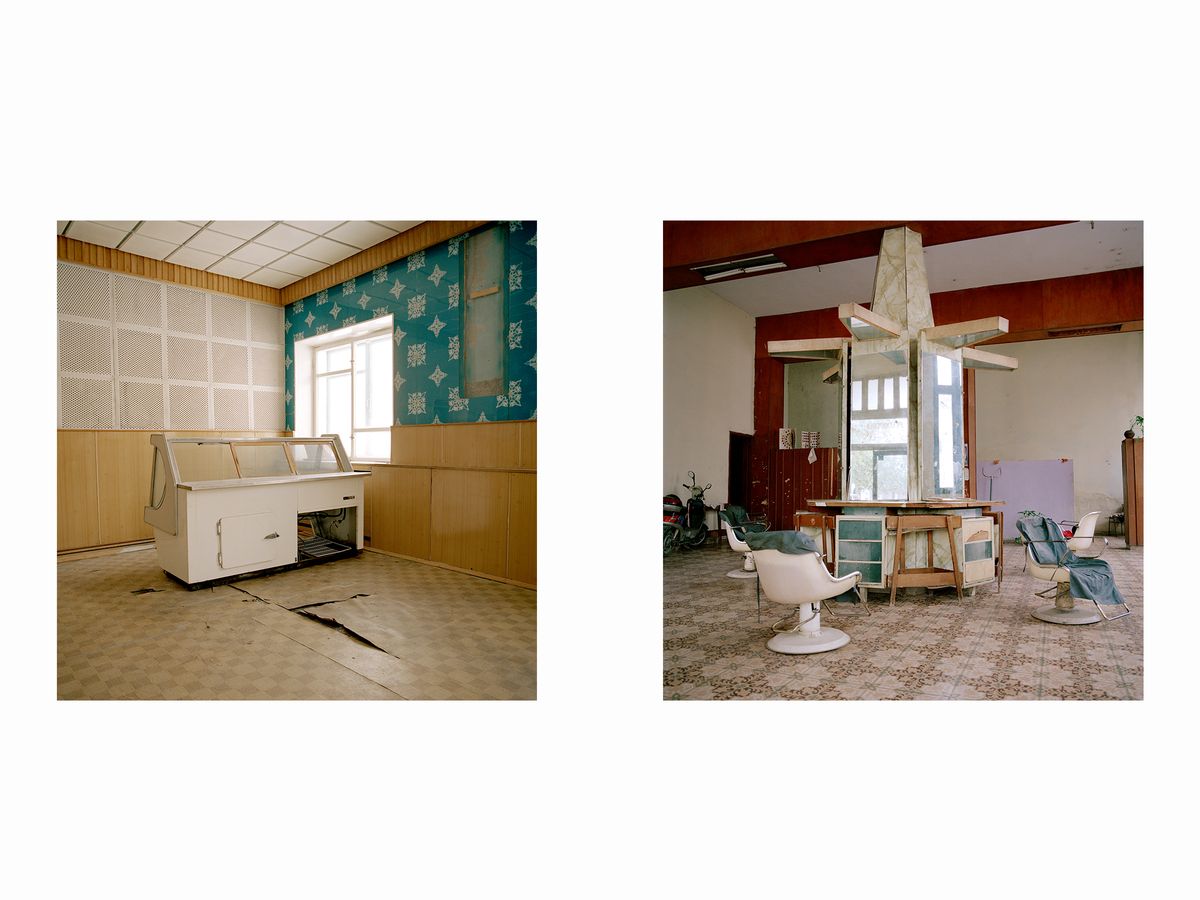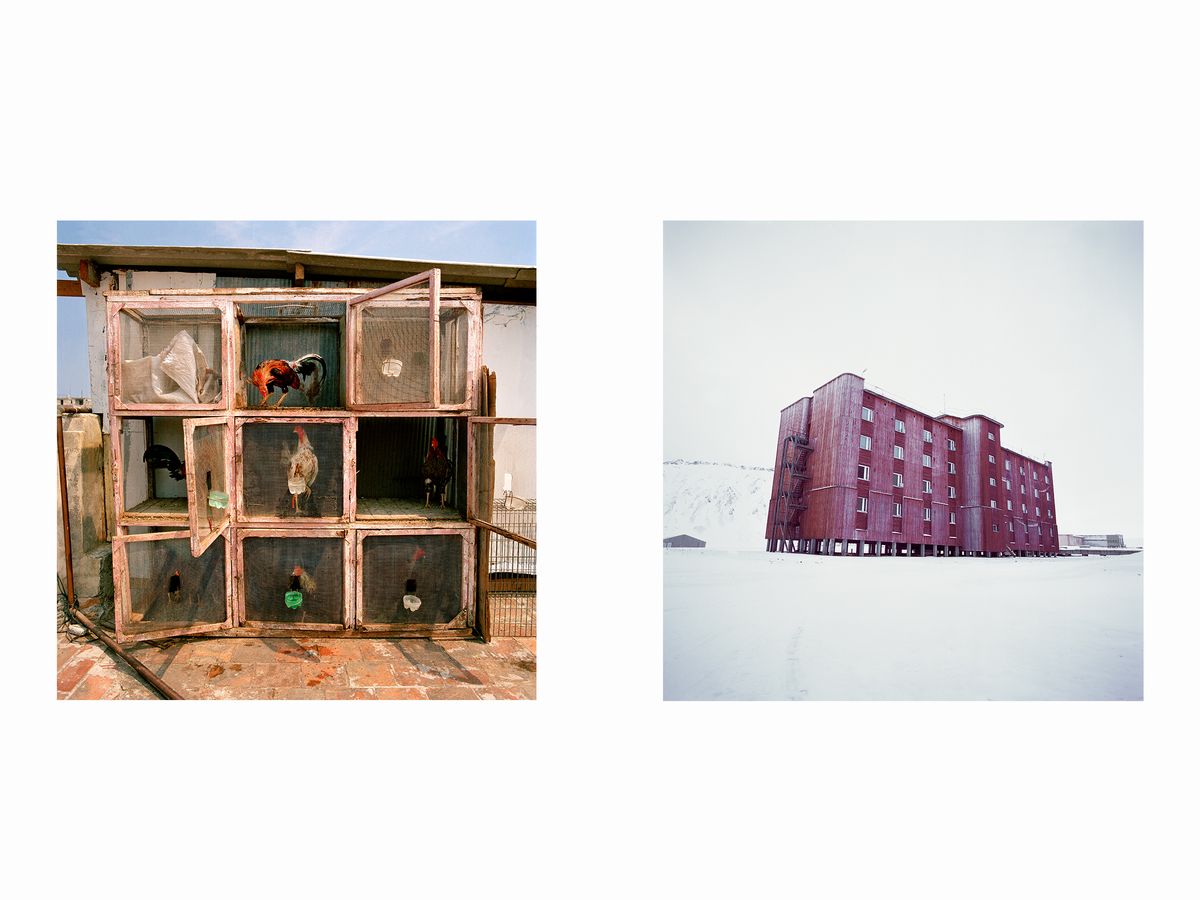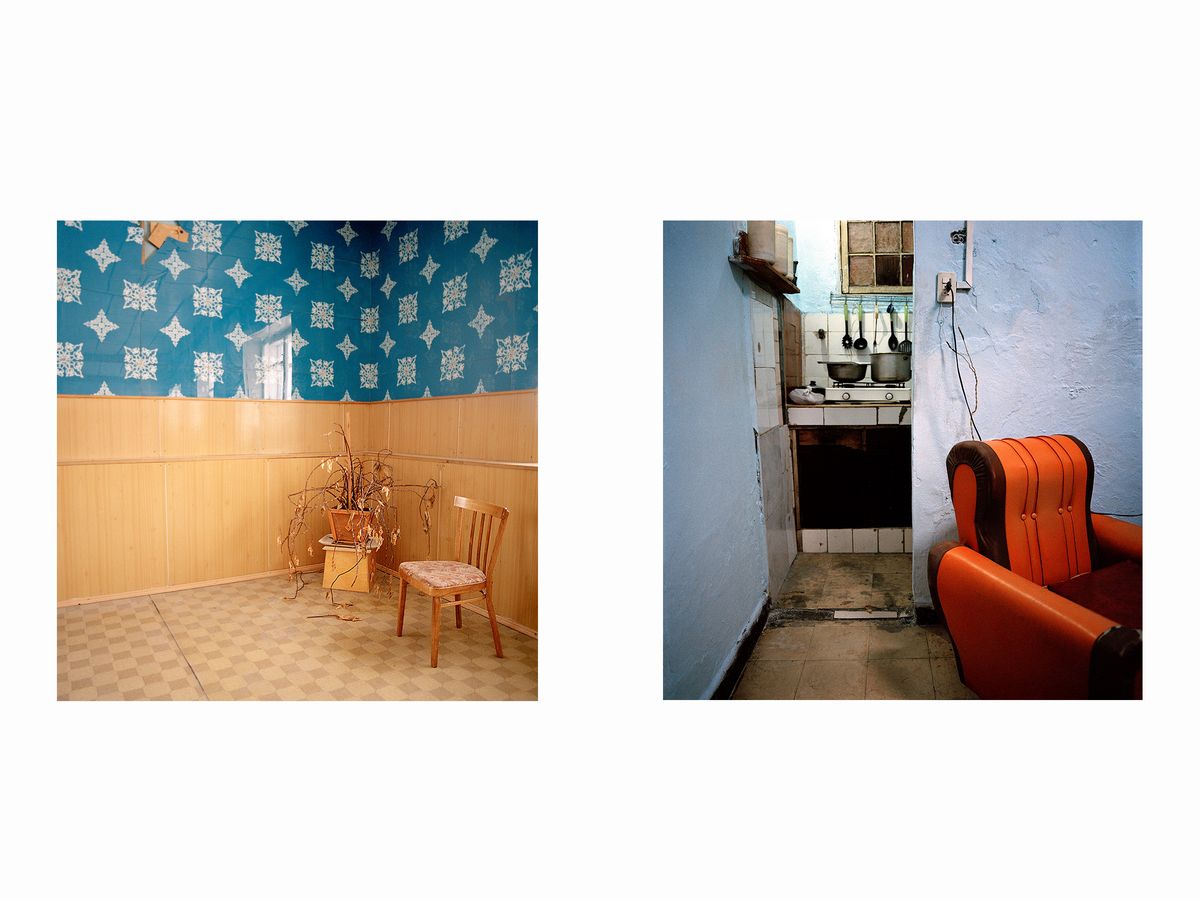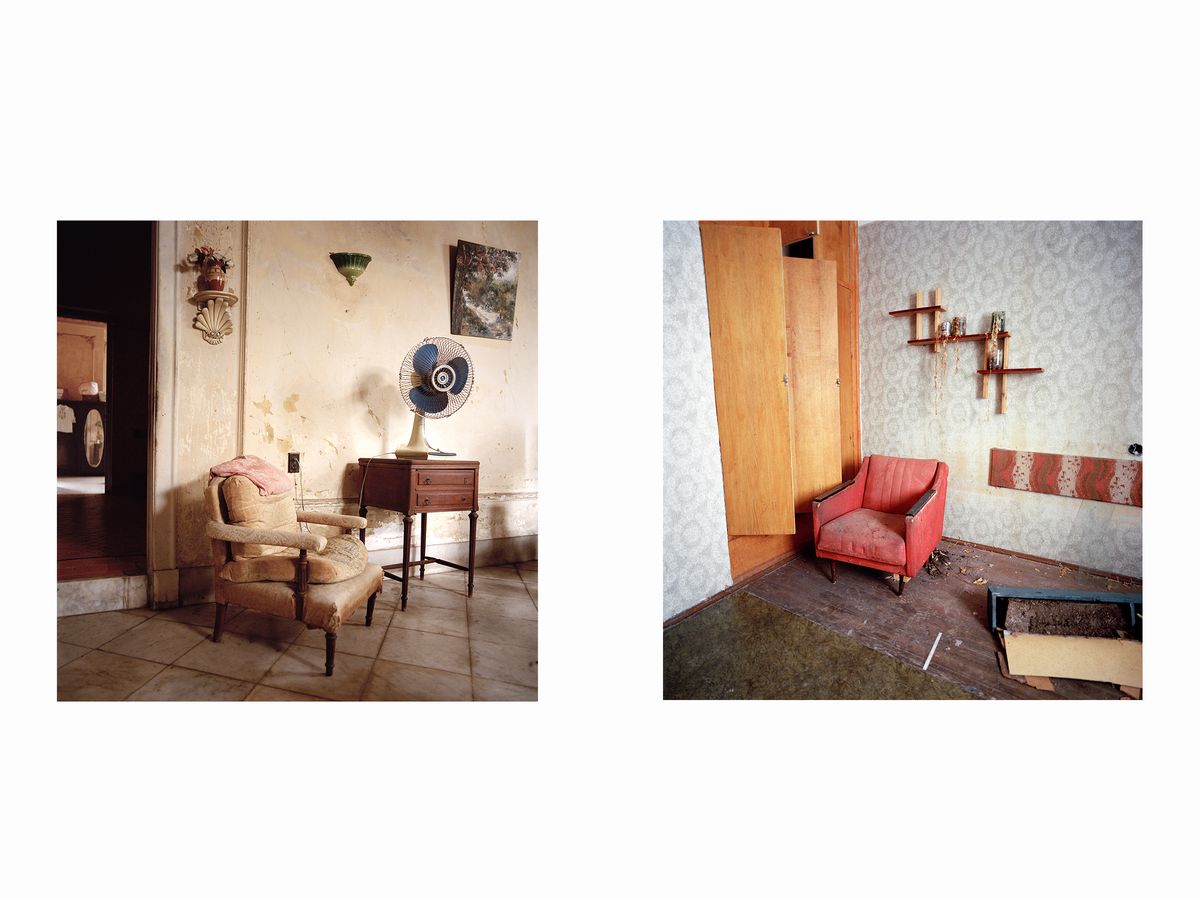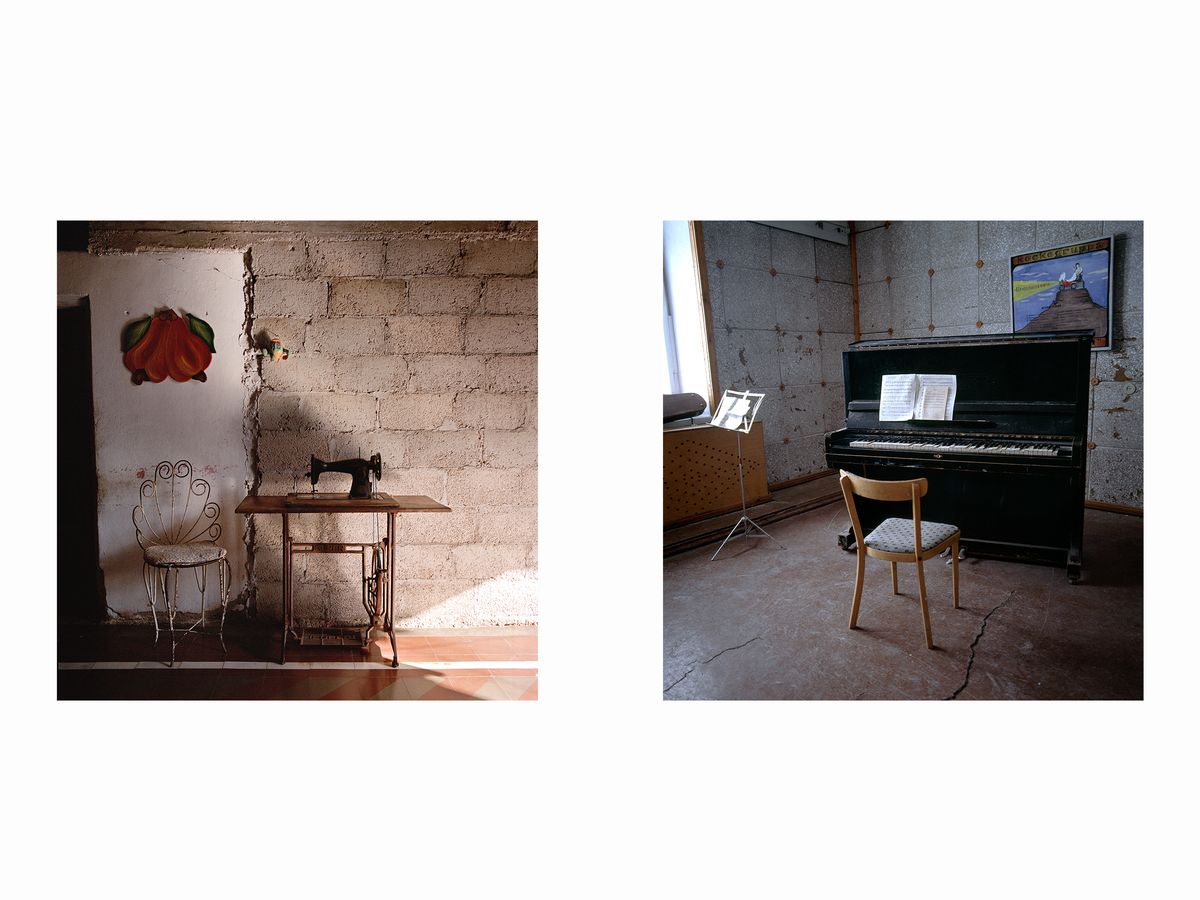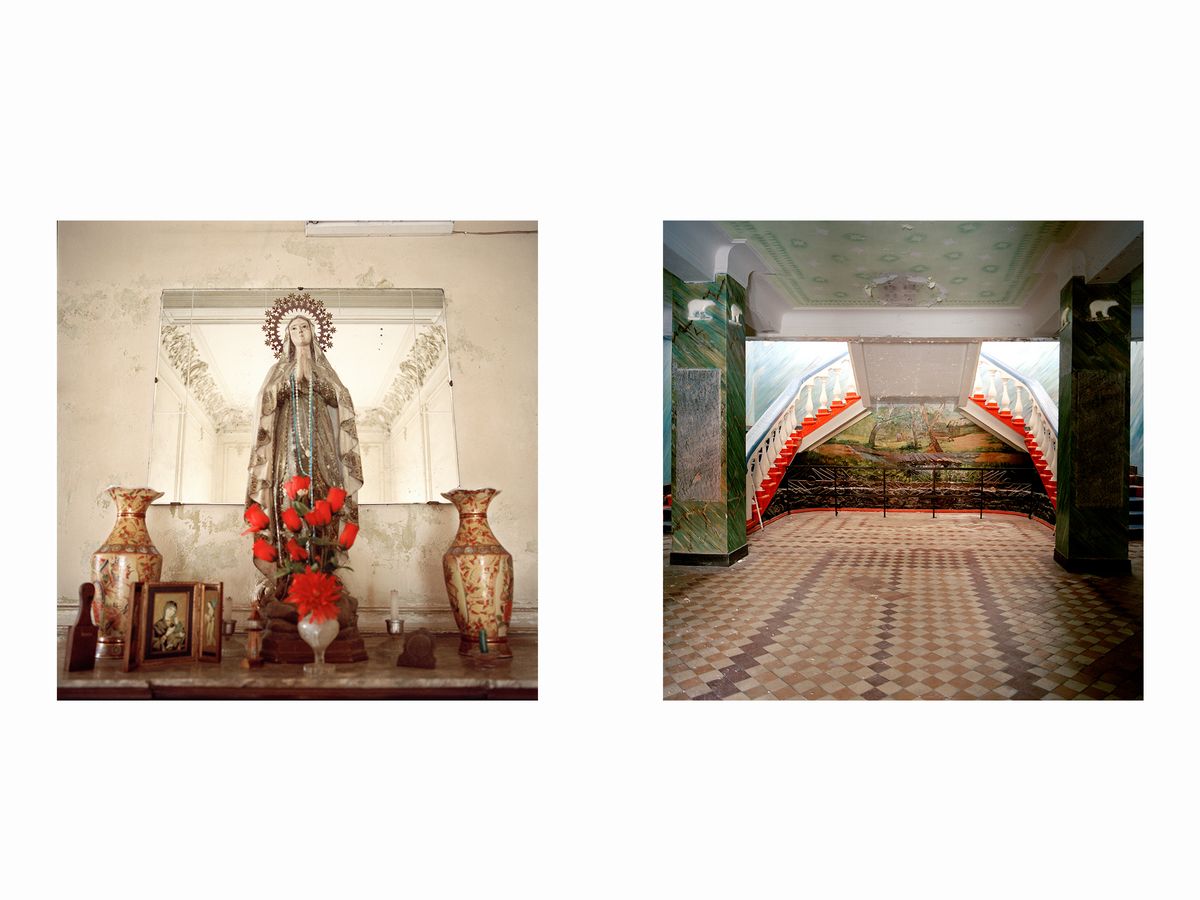Things Left Behind
Project and Exhibition
“The notion of landscape depends strictly on the concept of time and space that attempts to explain it. There is no natural landscape in the absolute sense of the term. A landscape reawakens two kind of memory: a collective memory, inscribed in nature or in monuments; as well as the individual infinite memories that reflect the visit or passage of those who happened to contemplate it. Landscapes are cultural, always inhabited and transformed by human presence. They vary as a function of their geographical situation and of the human societies that shape them. Therefore, like works of art, landscapes also depend on the gaze that captures or glosses over them, that lingers or skims over them”
Marc Augé
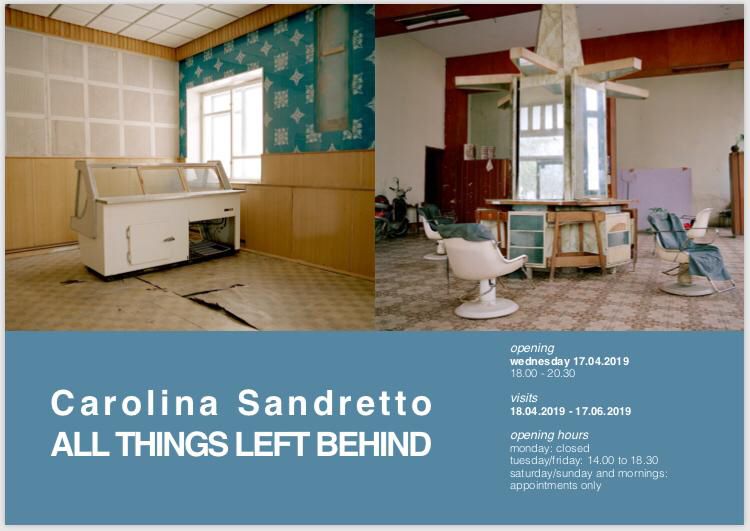
"Things Left Behind" Exhibition At [dip] Gallery Lugano, Spring 2019.
In this serie Carolina, takes the viewer to Cuba, Svalbard and Antarctica to explore the idea of time and it’s passing and what it signifies for the landscape of things that belong to us. Time and its passing influence objects in a visible way. Their superficies and external aspect change as well as the significance and importance of these things hold for us. They become part of a lost landscape, traces of who we were a testimony of our past life, memory of what we were by what we left behind. Our collective past reflects on the surface of the landscapes depicted, even in places where these things are still in use.
In Svalbard Carolina explores an entire mining city preserved from the eighties, where more than 3000 people used to live and work which was abandoned since URSS’s fall in the 1980’s. The inhabitants left their personal belongings, their memories and traces to constitute an eternal museum of time set in an icy landscape, as to testify their passage on hearth. These things left behind testify of their life and their stories as time is both preserving them and slowly transforming their meaning and their surface.
In the Antarctic, in the past 40 years, traces of human passage have been fortunately removed and the environment protected; except for a few whaling villages along the coast of the Antarctic Peninsula where the traces of the humans are still visible. Today, as guilty exploiters, we can admire in the pristine landscapes, the ruins left by our passage.
Cuba is the island where time lingers and landscapes never really change. Here Carolina Sandretto portrayed rooms full of things still in use, even if old and often broken.
In a place where nothing is replaced or replaceable due to a continuous scarcity, time transforms the surface of the objects but they are recycled and reused and life is still striving in them even if time makes them appear old.
These different landscapes of time are presented as diptychs that confront and relate the three research. The only trace the viewer can have is the different color of the frame that the artist decided to use. A light trace that doesn’t oblige the viewer to distinguish, but helps her/him to retrace the moment and the difference in time of these landscapes.

